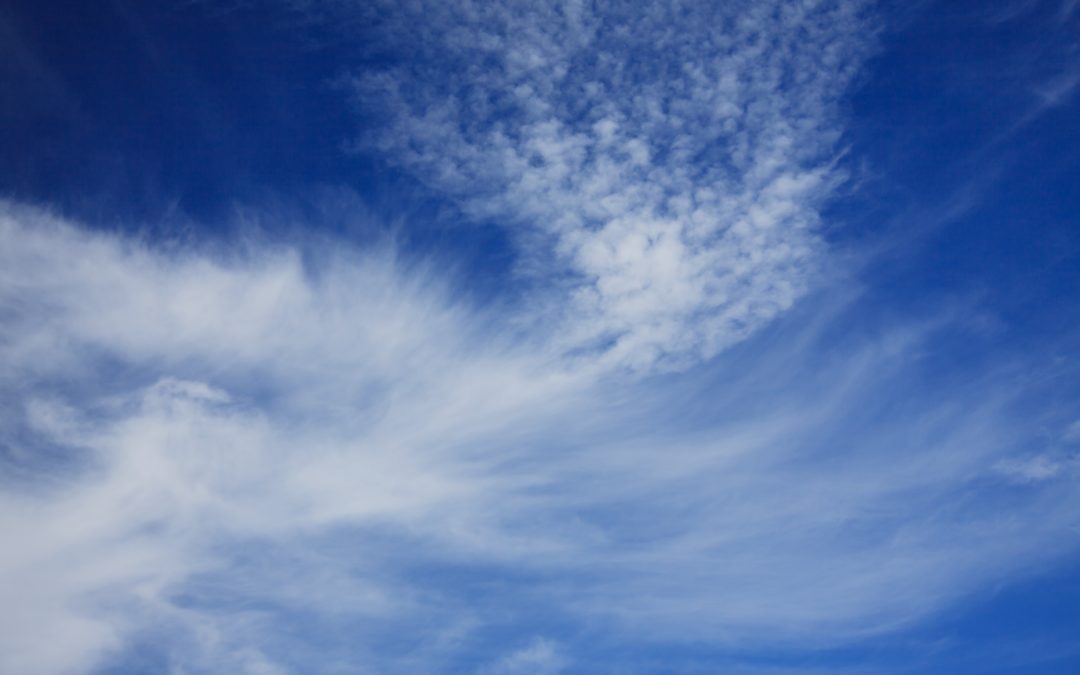Grapevines may not have opinions about climate change, but they are experiencing the changes.
For wine drinkers it’s a common question I am asked by readers. Is the climate affecting our beloved vineyards around the world? The short answer is … of course.
For the long answer it’s important to understand the difference between climate and weather.
Climate refers to general conditions in a given place over a long period of time, whereas weather refers to temporary conditions of any given day. A place’s climate is defined by its weather patterns established over a period of decades.
Climate and weather can have profound effects on wine. A region’s climate dictates which grapes can be grown, while its weather influences the quality of those grapes in any given year. This is the precise reason some vintages are highly valued and sought-after and others are not.
In 2018, we saw many wine regions including the Northern Rhone, Austria and Alsace having their earliest harvest in decades. Many regions experienced unusually warm weather and much less rainfall, which resulted in very early ripening with ample sugars. Many producers are hailing 2018 as an outstanding vintage. In contrast, when growing conditions are unusually cool, the grapes will struggle to ripen and may not have sufficient sugar levels, resulting in undesirably high acidity.
To know how climate change is affecting wine production we must look at the big, long range picture.
Most only think of increasing temperatures affecting vineyards and our wines. But, it’s the increasing carbon dioxide (CO2) levels showing the largest impact on vineyards and the actual grapevines. To test future conditions, researchers at Hochschule Geisenheim University in Germany have spent years focusing on crop production using a simulated ecosystem.
They built ventilators into rows of riesling and cabernet sauvignon grapes. Half of the ventilators were blowing normal air while the others were blowing air with increased CO2. They raised the concentration of the CO2 about 20 percent to reach levels expected worldwide by 2050. The results were substantial. The CO2 vines seemed to develop extra sugar in the grapes making them bigger and juicer.
The research also showed the grapevines were soaking up much more water than a normal crop, depleting deep underground reserves. Because of this, the surrounding ecosystems were affected by moths. The moths living in the vineyard were reproducing faster, resulting in more grape eating larvae for growers to combat. With all that being said, the grapes seem to taste normal.
So what does this mean for the future of wine? No one knows for sure.
THE VALUE
- 2018 Hugel Alsace Gentil, France (about $15 retail)
THE SPLURGE
- 2018 Bruno Hunold Selection Gewurztraminer, France (about $37 retail)
